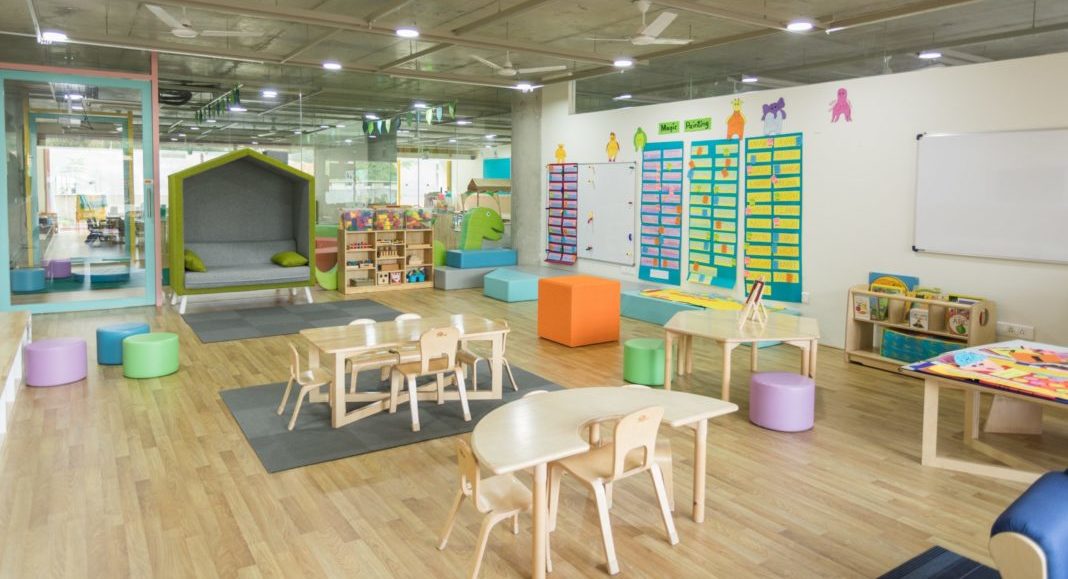 Throughout my years as a speech-language pathologist working in a large public school system, I observed dozens of daycares around the Omaha metro. Every daycare was different, yet it was the same: the biggest area of frustration for daycare providers (even quality daycare providers) was classroom management because it was a matter of controlling the behavior of a dozen (or more) children at the same time. Many times all the daycare provider was able to do was make sure the kids were all in the same room. There was no structure, no engagement, no learning. All of the adults’ attention was on keeping a semblance of order in the room!
Throughout my years as a speech-language pathologist working in a large public school system, I observed dozens of daycares around the Omaha metro. Every daycare was different, yet it was the same: the biggest area of frustration for daycare providers (even quality daycare providers) was classroom management because it was a matter of controlling the behavior of a dozen (or more) children at the same time. Many times all the daycare provider was able to do was make sure the kids were all in the same room. There was no structure, no engagement, no learning. All of the adults’ attention was on keeping a semblance of order in the room!
Here is what to look for in a high quality daycare provider.

1. Organized Classroom
Cleaning up is a major activity within a quality daycare classroom. The best way to take stress out of cleaning up is to make cleaning easier. If everything has a place, a spot, a home, it is much easier to get everything put away. All children and daycare providers should be aware of the organizational system. This will cut out all of the “Where does this go?” type questions, allowing the daycare provider to focus on assisting where needed.
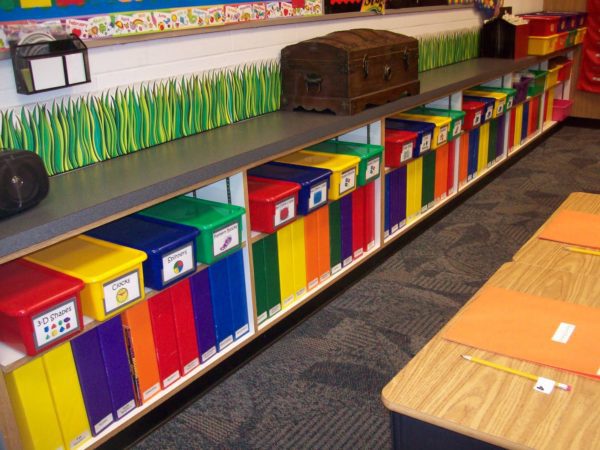

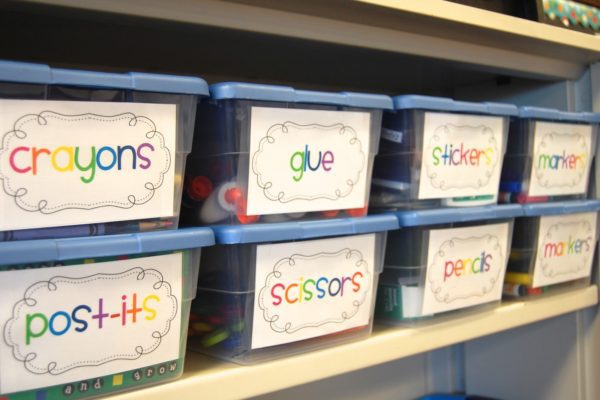
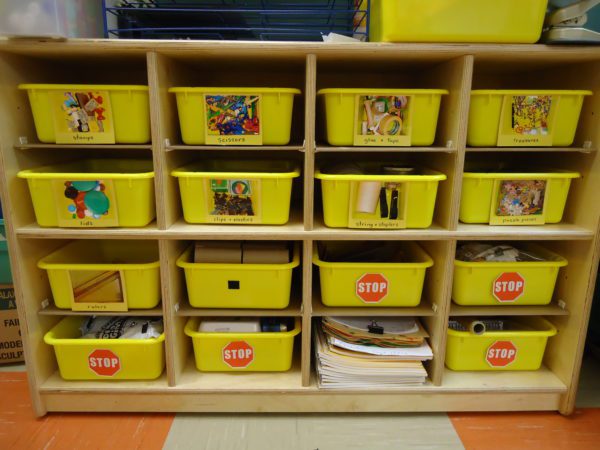
2. Organized Day
Children like to know what is happening. Make sure there is a schedule for the day in plain sight – visible and easily understood by the children. A quality daycare provider should draw the children’s attention to the schedule every day, every transition.
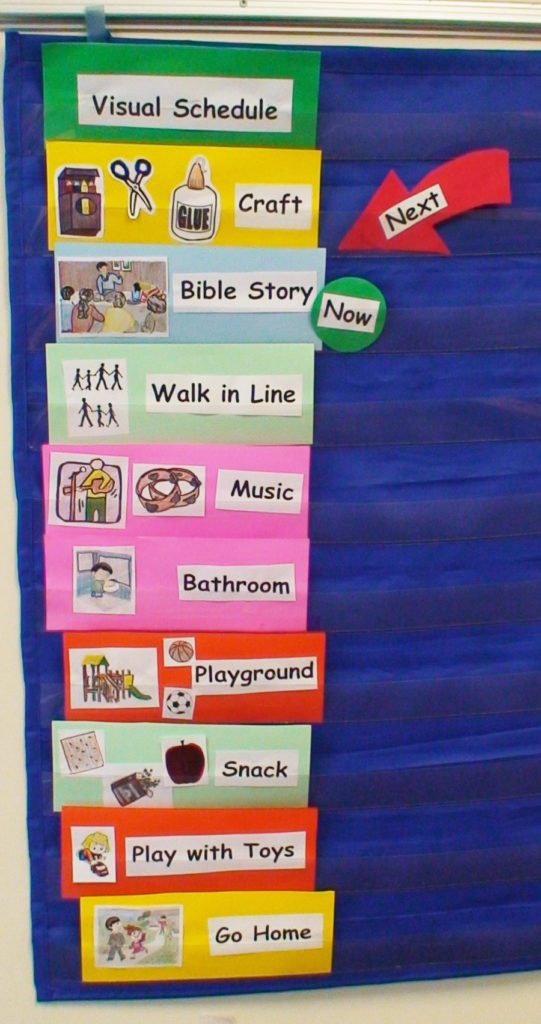
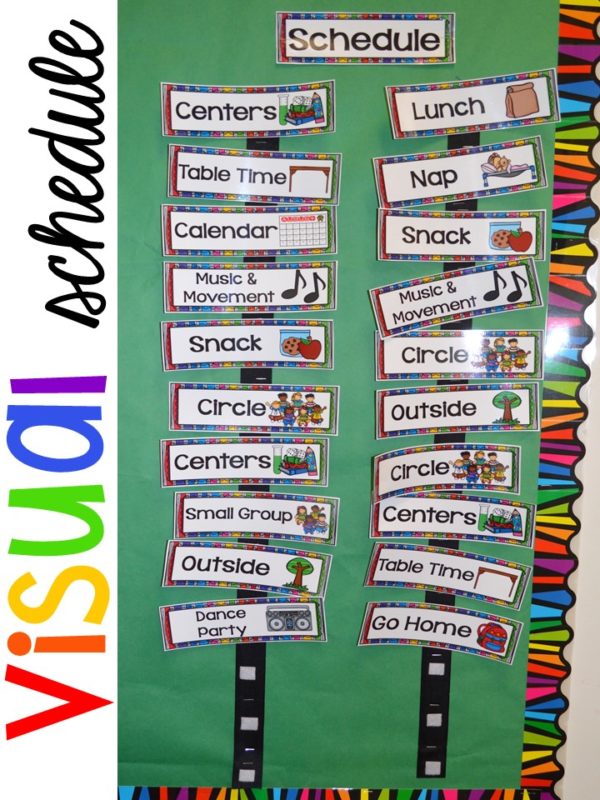
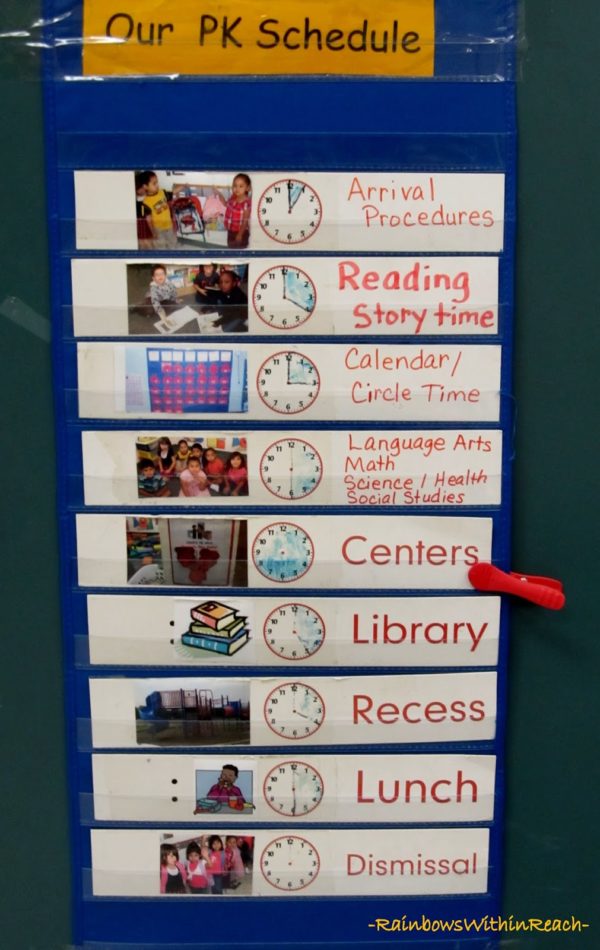
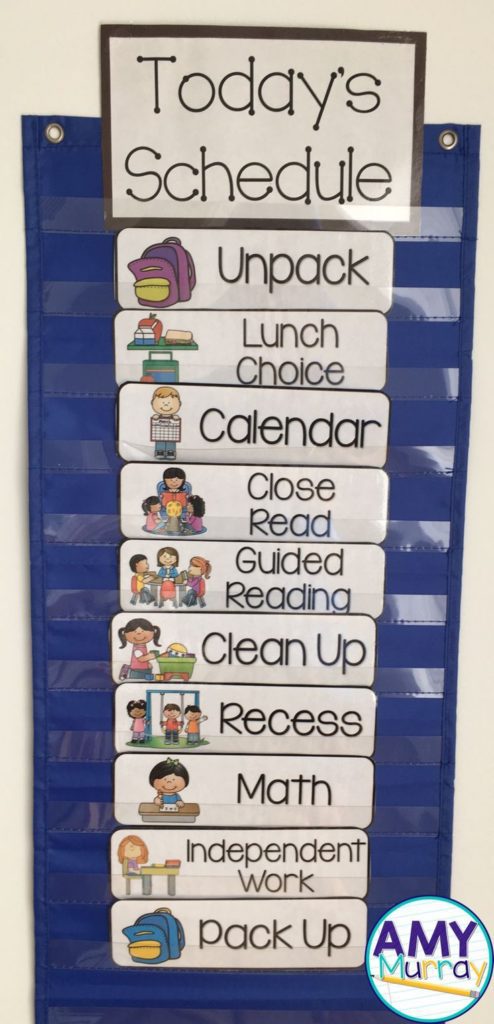
3. Visual Cues
Visual cues increase understanding. Increased understanding leads to compliance. For children who cannot read or even those who can, pictures are a wonderful way to increase understanding. For example, next to “recess” on a visual schedule, there should be picture of a slide/swing/playground. If there is an expected behavior during a certain activity (i.e., standing in line, sitting criss cross during circle time), there should be a picture of that behavior.

4. Transition Plan
Ask any daycare provider when the worst behaviors arise and they’ll say the same thing: during transitions–going from one activity to another. There will be a child who does not want to stop playing to go potty. There will be another child who is not sure what is happening. And sometimes there will be crying, screaming, and straight up refusal. It’s inevitable.
Ask the provider how they handle transitions. Do they give warnings before changing activities? Do they use visual cues to indicate change? Is there a clear routine? Do they have waiting activities pre-planned? These will reduce negative behaviors during times when children are required to wait. As the class is lined up waiting to use the potty, the class could sing the ABCs. As the class is sitting at tables waiting for lunch, they could play “I spy”.

5. Positive Reinforcement
Children want attention from adults—they’re smart. Children realize that if doing the right thing gets them ignored, they will do the wrong thing and settle for negative attention.
Are the providers telling them what TO DO or what not to do? For example, a quality daycare provider wouldn’t “don’t touch that”, they saying “keep your hands to yourself.”
6. Engagement
Is the provider reading to the children, asking the children questions, playing pretend with the children? I could have my kiddos color pictures of the alphabet all day, but they won’t learn nearly as much as if I were to get down on the floor and play with them.



7. Stated Expectations and Consequences
Each classroom is different, but there should be an agreed upon discipline policy. It should be clear and visible. The parents, staff, administrators, and children should all know the policy. Quality daycare providers have expected behaviors and consequences that are clear.
8. Understanding of the Students
Many negative behaviors that I witness in daycare centers were due to a lack of understanding of child development. A two-year old who was expected to sit through a 45 minute circle time discussing a calendar, the weather, shapes, and colors is going misbehave. This is not because the child is naughty! It is because developmentally, a two-year old cannot be expected to sit still and attend for 45 minutes, especially not about concepts that are developmentally inappropriate. If you notice issues arising at a specific time of day, ask for an explanation of that activity. It may not be developmentally appropriate for your child.

9. Consistency
Numbers 1-8 on this list will do nothing without consistency. There must be follow-through. A quality daycare provider needs to do what they say they are going to do. Every time.
10. Communicate
A daycare provider needs to communicate with parents, administration, and any other professionals working with your child. That communication can be written, spoken, or whatever works. It just needs to be present and consistent.













